The Psychology of Adaptive Reuse

Adaptive Reuse is an architectural approach that focuses on repurposing existing buildings for new functions while preserving their historical, social, or architectural value. This strategy has gained increasing prominence in the 21st century as a sustainable alternative to demolition and new construction. In this exploration, we’ll delve into the origins, characteristics, and psychological underpinnings of Adaptive Reuse in architecture.
What is Adaptive Reuse?
Adaptive Reuse is an architectural approach that focuses on repurposing existing buildings for new functions while preserving their historical, social, or architectural value. This strategy has gained increasing prominence in the 21st century as a sustainable alternative to demolition and new construction. In this exploration, we’ll delve into the origins, characteristics, and psychological underpinnings of Adaptive Reuse in architecture.
Historical Context and Key Characteristics
While the practice of repurposing buildings has existed for centuries, Adaptive Reuse as a deliberate architectural strategy gained momentum in the late 20th century. It emerged from growing concerns about sustainability, urban renewal, and the preservation of cultural heritage.
Key features of Adaptive Reuse include:
- Preservation of historically or architecturally significant elements
- Integration of modern amenities and technologies into older structures
- Creative solutions for meeting contemporary building codes and standards
- Juxtaposition of old and new architectural elements
- Emphasis on revealing and celebrating the building’s history
- Focus on sustainable practices and reducing embodied carbon
- Revitalization of urban areas and communities
Cultural Context
The rise of Adaptive Reuse coincides with a growing appreciation for the value of built heritage and a desire to maintain a sense of place and identity in rapidly changing urban environments. It reflects a shift towards a more sustainable and culturally sensitive approach to urban development.
Technological Advances
Adaptive Reuse heavily relies on advancements in building technologies and materials that allow for sensitive interventions in historic structures. These include non-destructive testing methods, reversible installation techniques, and high-performance insulation and HVAC systems that can be integrated into older buildings without compromising their integrity.
Political Landscape
The development of Adaptive Reuse is influenced by policies and regulations related to historic preservation, sustainability, and urban regeneration. Many cities and countries have introduced incentives, such as tax credits or grants, to encourage the adaptive reuse of older buildings as a means of promoting sustainable development and preserving cultural heritage.
Key Innovators
Several influential architects, firms, and projects have been at the forefront of Adaptive Reuse, including:
Carlo Scarpa: Italian architect known for his sensitive and innovative interventions in historic buildings, such as the Castelvecchio Museum in Verona.
Herzog & de Meuron: Swiss architectural firm that has completed several high-profile adaptive reuse projects, including the Tate Modern in London and the Elbphilharmonie in Hamburg.
Dia:Beacon by OpenOffice: Conversion of a former Nabisco box printing factory into a contemporary art museum in Beacon, New York.
The High Line by James Corner Field Operations and Diller Scofidio + Renfro: Transformation of an abandoned elevated railway in New York City into a public park and cultural destination.
Related Architectural Styles
Adaptive Reuse is closely related to and often overlaps with other architectural styles and trends that focus on sustainability, preservation, and urban regeneration, including:
Historic Preservation: The practice of conserving, rehabilitating, and protecting buildings, structures, and sites of historical, architectural, or cultural significance.
Industrial Heritage Reuse: The adaptive reuse of former industrial sites and structures, such as factories, warehouses, or power plants, for new uses such as residential, commercial, or cultural spaces.
Urban Regeneration: The process of improving and revitalizing urban areas through a combination of physical, economic, and social interventions, often involving the adaptive reuse of existing buildings.
Dialectical Materialist Perspective
From a dialectical materialist viewpoint, Adaptive Reuse represents a synthesis of preservation and progress. It emerged from the contradiction between the need for new, functional spaces and the desire to maintain cultural and historical continuity. The movement embodies the tension between economic development and the conservation of built heritage.
Jungian Depth Psychology Analysis
Through the lens of Carl Jung’s analytical psychology, Adaptive Reuse can be interpreted as an expression of several archetypes:
- The Phoenix archetype, representing rebirth and renewal, is evident in the movement’s focus on preserving and transforming existing structures.
- The Wise Old Man/Woman archetype, embodying the wisdom of history, is reflected in the integration of past and present in adaptive reuse projects.
- The Creator archetype, representing innovation and problem-solving, is manifest in the creative repurposing of spaces.
The style’s balance between honoring the past and embracing the future in Adaptive Reuse might be seen as a reconciliation of the Senex (Old Man, associated with tradition) and Puer (Eternal Youth, associated with novelty) archetypes.
Ego Perspective: Assertions and Insecurities
Adaptive Reuse asserts the value of existing built heritage in contemporary society. This approach projects an image of environmental responsibility and cultural sensitivity, while also emphasizing architecture’s capacity to find innovative solutions to complex urban challenges.
However, the movement also reveals certain cultural insecurities. The focus on preserving and repurposing old buildings might be seen as a reaction to anxieties about loss of identity in rapidly changing urban environments. The emphasis on sustainability could reflect insecurities about the environmental impact of contemporary construction practices.
Lasting Influence, Criticisms, and Modern Context
Adaptive Reuse has had a significant impact on contemporary architectural practice and urban development strategies. Its principles are increasingly being integrated into urban planning policies, historic preservation guidelines, and sustainability certification systems.
However, the movement has also faced criticisms. Some argue that adaptive reuse projects can lead to gentrification and displacement of existing communities if not carefully managed. Others question the economic viability of some adaptive reuse projects, particularly those involving heavily deteriorated or contaminated structures.
Despite these criticisms, the principles of Adaptive Reuse are likely to become increasingly central to urban development strategies as cities grapple with issues of density, affordability, and sustainability. The movement’s lasting legacy may be its contribution to a more circular economy in the built environment, where existing buildings are seen as valuable resources rather than obstacles to development.
As we face growing challenges related to climate change and resource scarcity, Adaptive Reuse offers strategies for creating more resilient, sustainable, and culturally rich urban environments. It promotes a more nuanced understanding of the relationship between old and new in the built environment, and offers a path towards a more sustainable and culturally sensitive approach to urban renewal.
Bibliography and Further Reading
Brooker, G., & Stone, S. (2004). Re-readings: Interior architecture and the design principles of remodelling existing buildings. RIBA Enterprises.
Cantacuzino, S. (1989). Re/architecture: Old buildings/new uses. Abbeville Press.
Douglas, J. (2006). Building adaptation. Routledge.
Langston, C. (2008). The sustainability implications of building adaptive reuse. In CRIOCM2008: International Research Symposium on Advancement of Construction Management and Real Estate. Beijing, China.
Plevoets, B., & Van Cleempoel, K. (2019). Adaptive reuse of the built heritage: Concepts and cases of an emerging discipline. Routledge.
Robiglio, M. (2017). RE-USA: 20 American stories of adaptive reuse: A toolkit for post-industrial cities. Jovis.
Read about the Psychology of Other Styles of Architecture
The Psychology of Architecture
The Psychology of Architecture

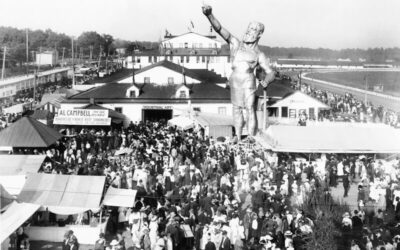
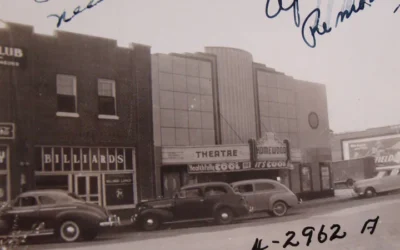
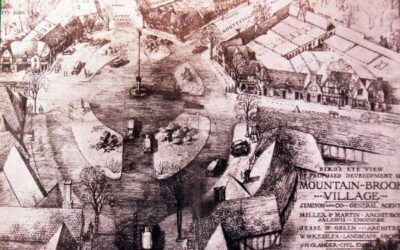
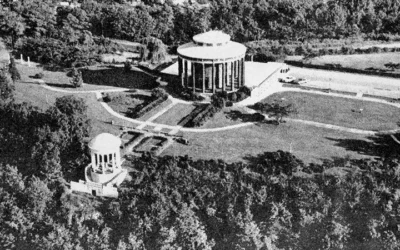

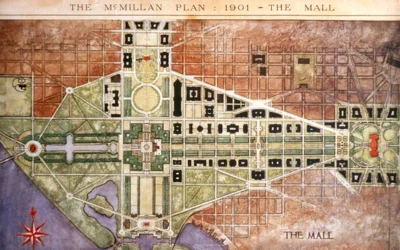







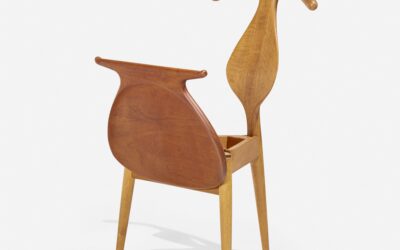
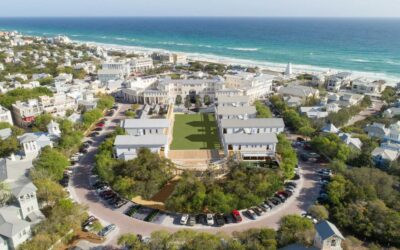
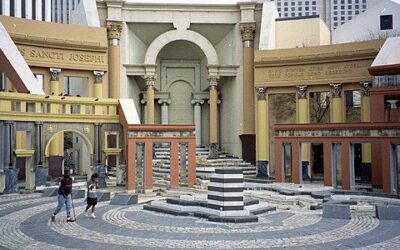

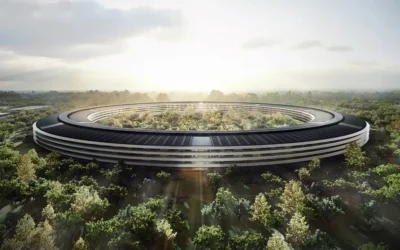
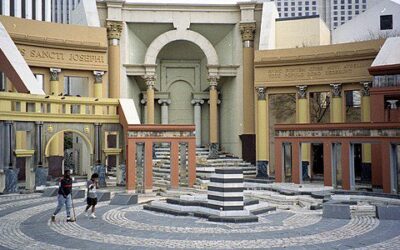
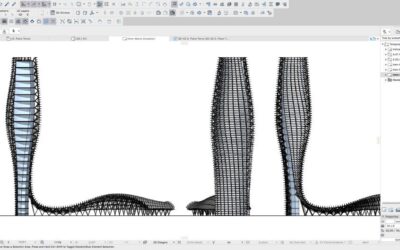




0 Comments